Softball is a bat-and-ball sport that is similar to baseball played between two teams of 10 players. It provides a unique experience that blends skill, strategy, and sheer excitement.
As you step up to the plate, ready to take on opponents or join forces with your team, one crucial factor stands between you and your best performance: your softball equipment. Perhaps this aspect is often overlooked, but it matters just like everything else. Having the right gear can make a huge difference in how you play.
That being said, we’re here to help you make informed decisions and select the ideal softball equipment for your specific playing needs. From the gloves you wear to the gear that keeps you safe, we’ll walk you through the important things you need to consider.
Glove Type and Size
The importance of selecting the right glove type and size in softball cannot be overstated. A well-fitted and appropriate glove enhances fielding performance and minimizes errors. With that in mind, consider buying a durable softball mitt to ensure comfort and safety.
Proper fit is essential for optimal glove performance. The glove should feel snug but not constricting. A glove that’s too loose can lead to difficulty controlling the ball, while one that’s too tight can be uncomfortable and restrict movement. Measure your hand’s circumference and consult sizing charts provided by glove manufacturers to find the right size.
Moreover, think about what kind of webbing pattern and pocket depth you need. Closed webs offer more support for infielders and pitchers, helping to conceal grip and ball movement. Open webs are popular among outfielders for better visibility when tracking high balls. A deeper pocket is ideal for infielders to secure the ball quickly, while outfielders may prefer a shallower pocket for faster ball release.
Softball mitts are typically made from leather or synthetic materials. Leather gloves offer durability, a natural feel, and better break-in over time. On the other hand, synthetic gloves are lighter and require less break-in, making them suitable for beginners. Consider the level of play, personal preference, and budget when choosing between leather and synthetic options.
It’s important to point out that leather gloves require a break-in period to mould to your hand and achieve the desired flexibility. Some players prefer a well-worn glove, while others opt for a stiffer feel. Keep in mind that a properly broken-in glove provides better control and performance on the field. Also, you should consider your commitment to the sport and your long-term goals when deciding on a glove’s price range. While higher-quality gloves often offer better performance and durability, there are suitable options available for various budgets.
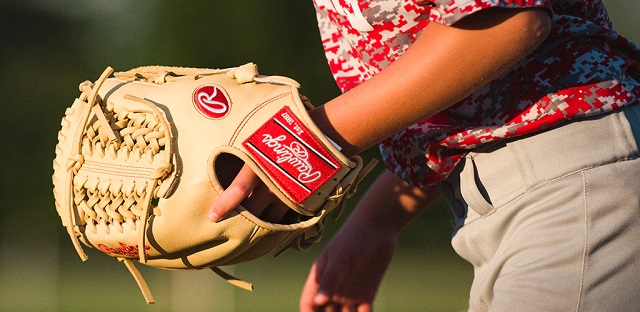
Safety
Prioritizing safety when selecting softball equipment is non-negotiable. By choosing gear that offers protection, proper fit, and compliance with regulations, you can focus on your performance and enjoy the game with minimized risk of injury. You should think about selecting helmets with face guards to shield your head and face from potential impact, ensuring total protection. Also, take time to consider well-fitted cleats as they can enhance stability and reduce the risk of slips and falls.
When choosing gear, keep in mind that protective padding absorbs shock during intense plays, keeping you safe from potential injuries. Additionally, adhering to league regulations is important as this ensures a standardized safety level across the board. Make sure your chosen equipment complies with these rules to avoid any issues during games or competitions.
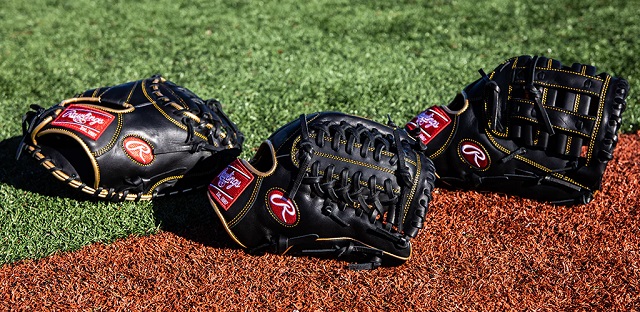
Playing Position
Different positions have unique demands, and having the right gear tailored to your role can significantly enhance your abilities. For example, catchers need specific protective gear (chest protector, shin guards, helmet with face mask), and pitchers may prefer gloves designed for their throwing style.
That being said, position-specific gear is a crucial consideration when selecting softball equipment, as it directly impacts a player’s performance and effectiveness on the field. Think about the specific needs of your position in order to select the proper gear.
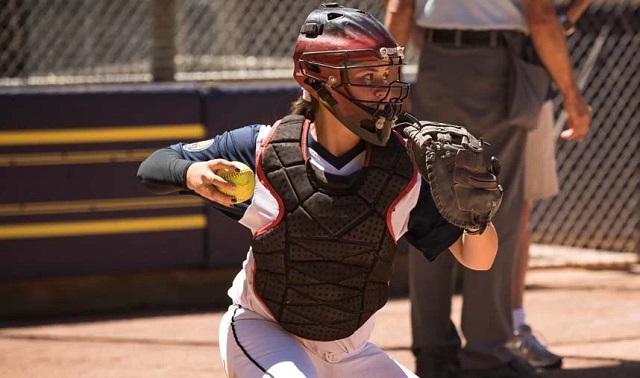
Quality and Durability
It’s extremely important to prioritize quality and durability when selecting the ideal softball equipment. Investing in well-made equipment ensures longevity, optimal performance, and safety.
When choosing softball gear opt for high-quality materials like genuine leather or sturdy synthetics for gloves, cleats, and protective gear. These materials withstand the rigours of the game and provide better long-term performance. Moreover, check for double stitching, reinforced seams, and strong zippers in equipment bags and uniforms. Strong construction enhances durability and minimizes wear and tear.
Choose reputable brands known for producing durable, high-quality softball gear. Established brands often have a track record of delivering reliable equipment. You can also read reviews from other players and coaches as these real-world experiences can help you make an informed decision.
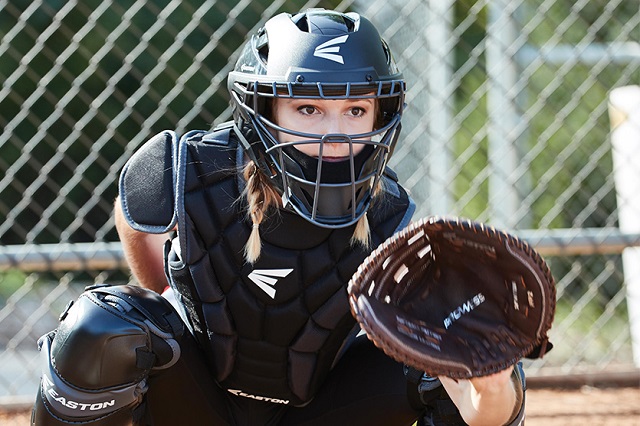
Budget
Your budget is another vital factor when it comes to selecting softball equipment. While prioritizing quality and safety, consider what you can comfortably afford. Assess your needs and invest in essentials like gloves, bats, and helmets before considering extras.
Additionally, research and compare prices to find the best deals while maintaining the desired level of quality. Consider opting for slightly higher-priced items that offer better durability, as they may save you money in the long run by reducing the need for frequent replacements. By carefully managing your budget, you can ensure you have the necessary equipment while making cost-effective choices for an enjoyable and fulfilling softball experience.
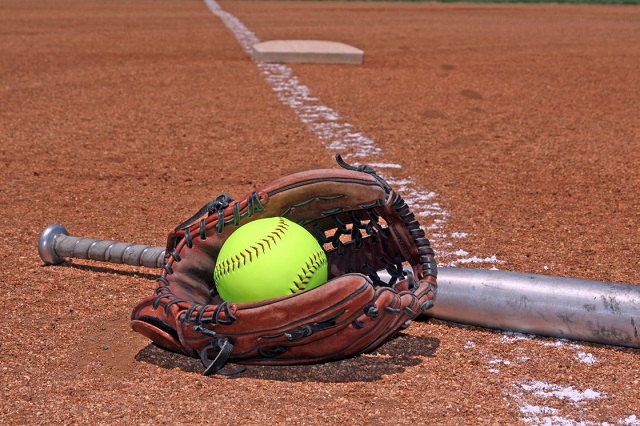
Does Softball Use the Same Equipment as Baseball?
While softball and baseball share some similar equipment, they also have distinct differences. Both sports require a bat and ball, but softball uses a larger, softer ball and typically features smaller fields.
Additionally, softball gloves are generally smaller than baseball gloves and designed differently based on positions. Softball players wear helmets with face guards, and the pitching style is underhand. On the other hand, baseball employs overhand pitching. Although some equipment is similar, each sport’s gear suits its own rules and dynamics.
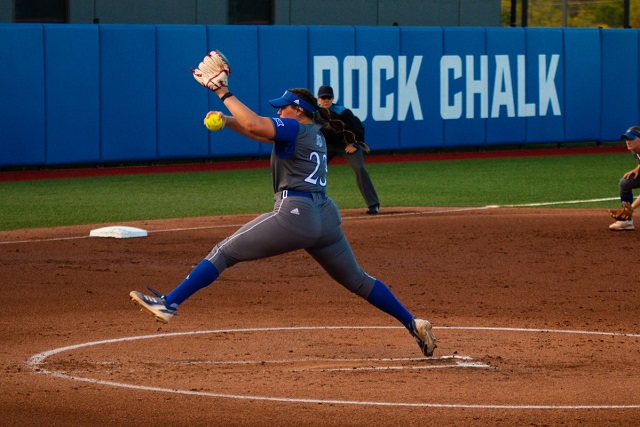
Bottom Line
In a nutshell, when it comes to choosing the best softball gear, there’s a lot to think about. Safety should be a top concern, and it’s smart to pick gear that matches your position on the field. It’s also essential that your gear fits well and feels comfortable when you’re playing. Quality and durability are important as well, but you also need to consider what you can afford.
By taking all these factors into account, you’ll be all set to enjoy your softball experience. Remember, the right equipment can make a significant difference in your game, so take the time to choose wisely and gear up for success on the diamond.






















